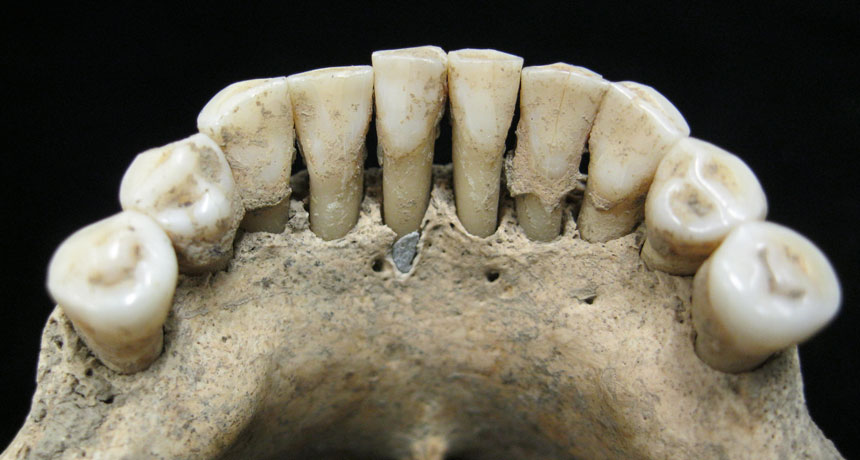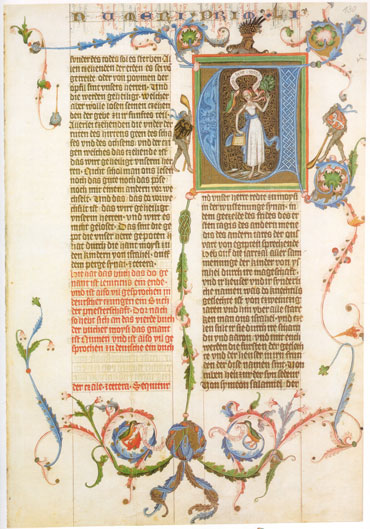Paint specks in tooth tartar illuminate a medieval woman’s artistry
It wasn’t just monks who scribed and illustrated elaborate religious texts

TOOTH PAINT An expensive blue pigment found in these tartar-encrusted teeth from a medieval woman are helping to rewrite the story of who created richly illuminated religious books.
Christina Warinner








